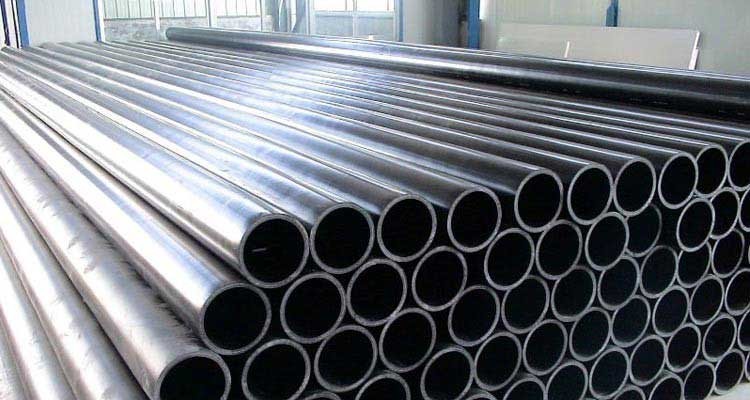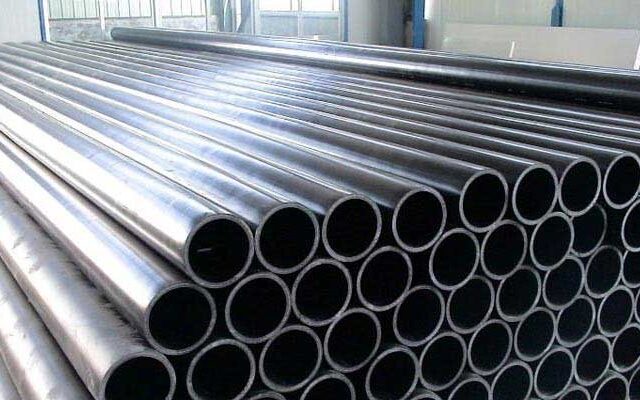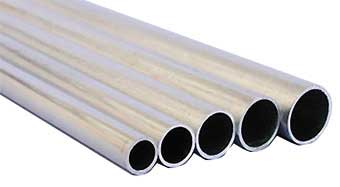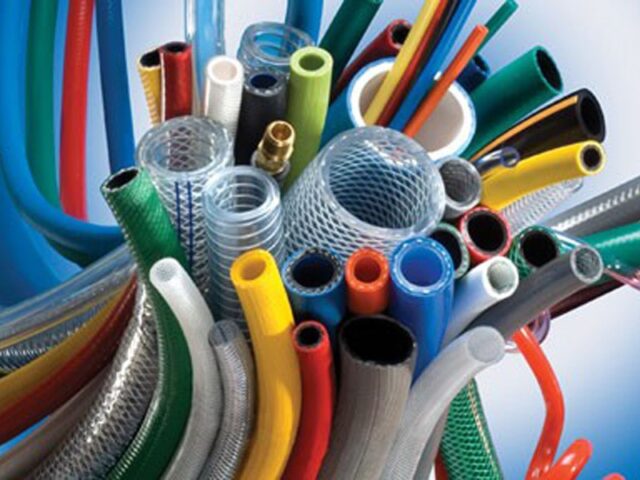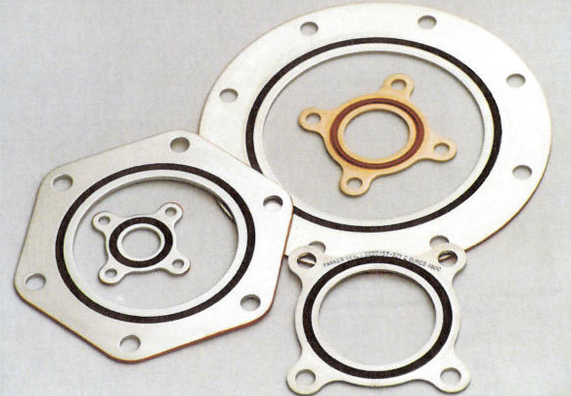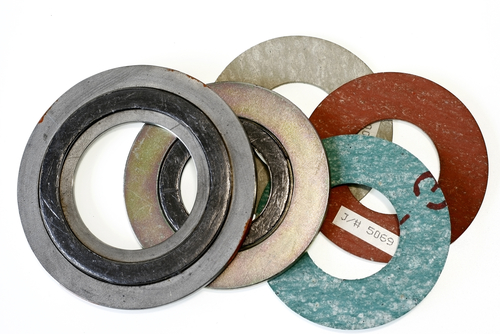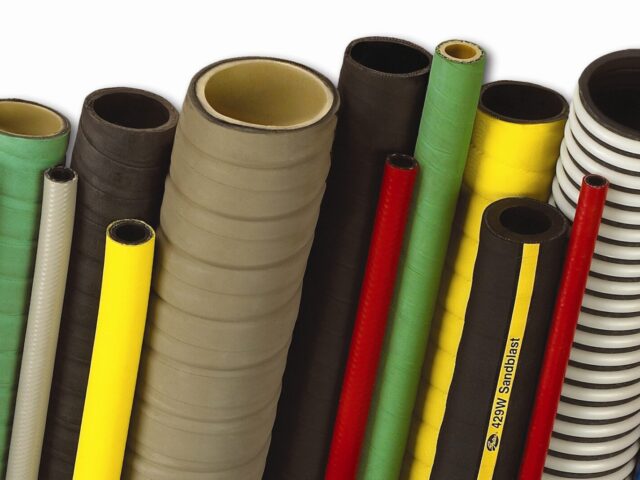Benefits of Using Thermoplastic Piping Systems
The benefits of thermoplastic piping are significant and will turn manufacturing more and more in favor of its use. Features of thermoplastic can produce considerable cost savings while also increasing piping system reliability. This article will discuss a few of the many benefits of using thermoplastic piping systems. Corrosion Resistance Plastics are non-conductive, which makes…
The benefits of thermoplastic piping are significant and will turn manufacturing more and more in favor of its use. Features of thermoplastic can produce considerable cost savings while also increasing piping system reliability. This article will discuss a few of the many benefits of using thermoplastic piping systems. Corrosion Resistance…
View moreEngineers typically have specified various piping materials for compressed air systems. However, recently, aluminum piping has become a popular option for many contractors, architects and engineering firms. There are many benefits of aluminum piping for compressed systems in many different applications, which we will discuss. Aluminum Piping for Compressed Systems Lowering…
View moreNumerous standards exist for hydraulic hose production and use. Industry connection specifications and hose material are governed by standards, as well as guiding installation operations. Therefore, we will discuss hydraulic hose applications. Hydraulic Hose Applications Hydraulic Hose Construction Basics There are three layers in the basic hydraulic hose construction. Each…
View moreWithin different industries, there are plenty of different types of hoses, all used for various purposes. There isn't really such thing as "the best hose", only a hose that can do its job and do it right. We here at Bryan Hose have possibly every hose you could require to…
View moreThere are various different ways to determine the functionality of a gasket. However, compression testing is one of the most common ways to see how heavy a load a gasket can take. Therefore, we have put together a few reasons for the importance of compression testing prior to application. Compression…
View moreGaskets play a huge role in our everyday lives. They are the heart of everything from appliances, engines and more. Gaskets work to prevent the escape of air, water, gas and many other fluids in every commercial and industrial situation imaginable. Because they are significant in the proper operation of…
View moreA hydraulic hose is a high-pressure, synthetic rubber, thermoplastic or Teflon reinforced hose that carries fluid to transmit force within hydraulic machinery. Hydraulic machinery started being used in the early 1940s when engineers discovered that hydraulic systems were more compact, lighter in weight and self-lubricating. Development of hydraulic machinery for…
View moreThere are numerous types of non-metallic gaskets commonly used in industrial sectors. Here are the classifications and applications of non-metallic gaskets, as well as some advantages and disadvantages of each. Classifications of Non-Metallic Gaskets Common types of non-metallic gaskets include: Fiber reinforced gaskets Graphite gaskets PTFE gaskets Rubber gaskets Fiber…
View moreA gasket's function is to interpose a semi-plastic material between the flange facings, the material which, through deformation under load seals the minute surface irregularities to prevent leakage of the fluid. Generally, gaskets can be divided into three main categories: Non-metallic gaskets, Semi-metallic gaskets and Metallic gaskets. Many types of…
View moreThe majority of manufacturing sectors, including the automotive, aerospace, electronics, appliance and military industries, utilize gaskets in their production methods. Made of deformable material, a gasket is a sealing device usually designed in the form of a ring or sheet. They create a pressure-tight seam between multiple stationary components, relying…
View more
